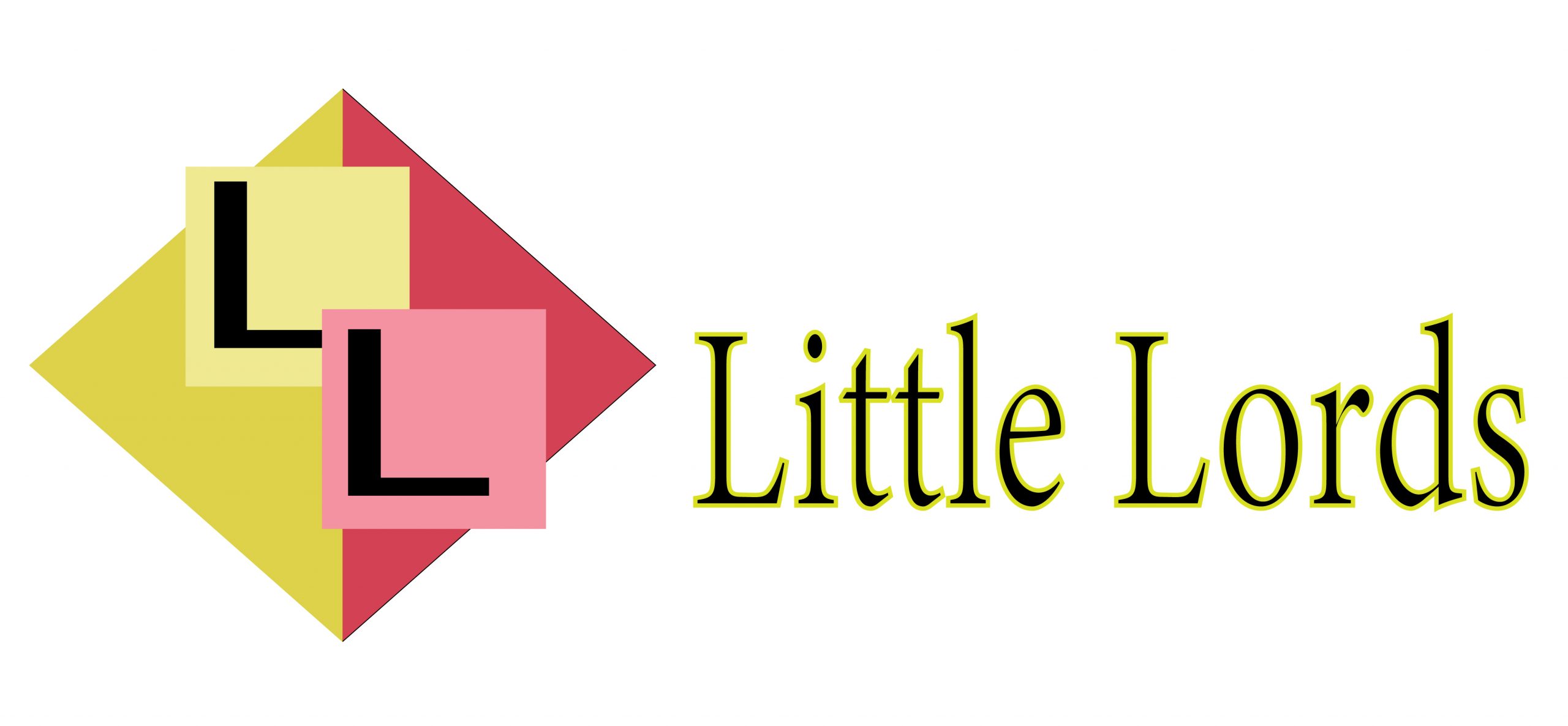In the ever-evolving landscape of energy sign, the Visual Fibre Blend Soil Cable (OPGW) has appeared as a major technology, easily developing the realms of power distribution and conversation infrastructure. OPGW represents a pioneering method that includes the standard efficiency of surface wires with the cutting-edge abilities of visual fiber. At its primary, OPGW serves as a dual-purpose element, not merely giving crucial grounding for expense energy lines but in addition facilitating high-speed information transmission through their embedded visual fibers.
One of the important features of OPGW lies in their capability to boost the stability and efficiency of power grids. The integration of visual materials within the bottom wire allows for real-time checking and communication across the entire length of the transmission line. This transformative feature permits energy resources to discover faults, heat modifications, and different potential problems quickly, facilitating proactive preservation and reducing downtime. The data-carrying capacity of the visual materials also opens the door to sophisticated grid analytics, optimizing energy distribution and improving overall grid performance.
Beyond their specialized power, OPGW represents a crucial role in supporting the rising demand for high-speed connection networks. The stuck optical fibers can be properly used for telecommunications and web services, increasing the reach of connectivity to distant places wherever establishing split up interaction infrastructure could be challenging. That combined efficiency makes OPGW an integrated the main changing idea of smart grids, wherever easy transmission and real-time information trade are important for effective power opgws
The environmental impact of OPGW more underscores their significance. By consolidating energy and conversation functionalities right into a simple infrastructure, OPGW decreases the requirement for extra structures and wires, reducing the environmental footprint associated with conventional energy range and interaction installations. That consolidation not merely promotes the appearance of the energy line corridors but additionally contributes to sustainable progress by optimizing reference utilization.

In addition to their technical and environmental advantages, OPGW also shows to be a cost-effective alternative in the extended run. The initial expense in OPGW might be larger compared to traditional ground wires, but the long-term savings when it comes to decreased maintenance charges, increased grid performance, and the capability to produce revenue through leasing optical fiber for transmission services ensure it is a economically viable choice for power utilities.
The journey of OPGW in the power sign landscape has been marked by continuous innovation. As engineering evolves, continuing research and development attempts are dedicated to enhancing the data-carrying volume of the stuck optical materials, increasing the durability of the composite components, and discovering new programs for OPGW in emerging energy scenarios.
In summary, Visual Fiber Composite Ground Wire stands as a testament to the convergence of energy and interaction technologies. Their multifaceted benefits to grid consistency, performance, environmental sustainability, and cost-effectiveness position OPGW as a cornerstone in the modernization of energy grids worldwide. As the international energy landscape remains to evolve, OPGW stands prepared to enjoy a main position in surrounding the resistant and interconnected energy techniques of the future.
